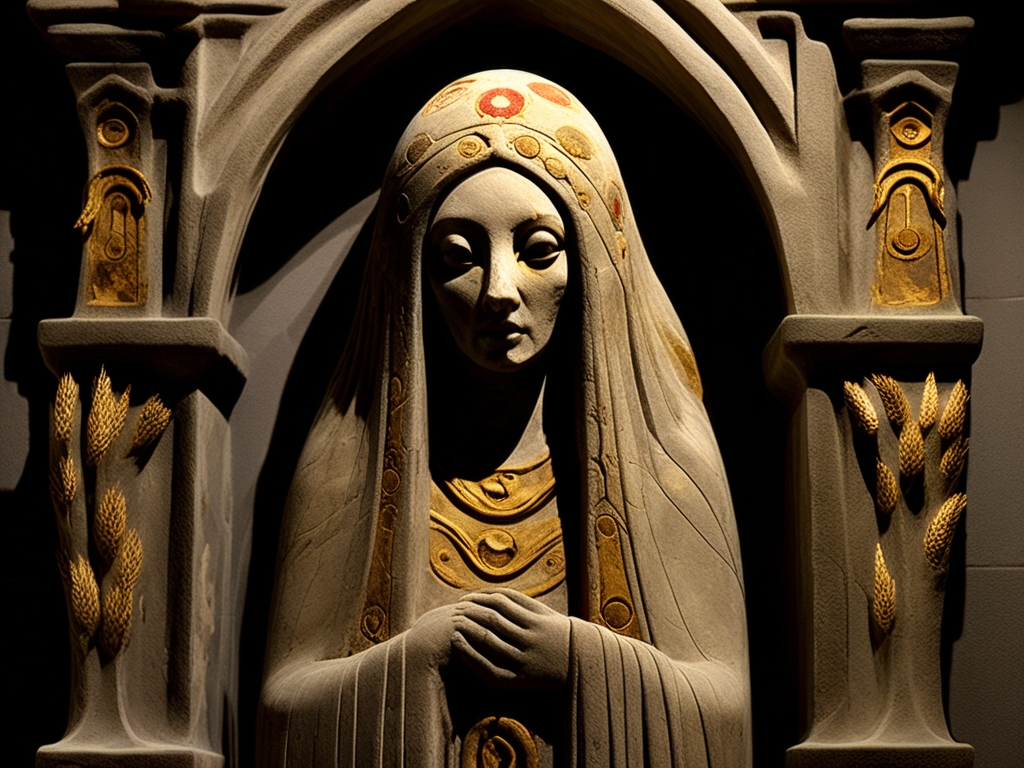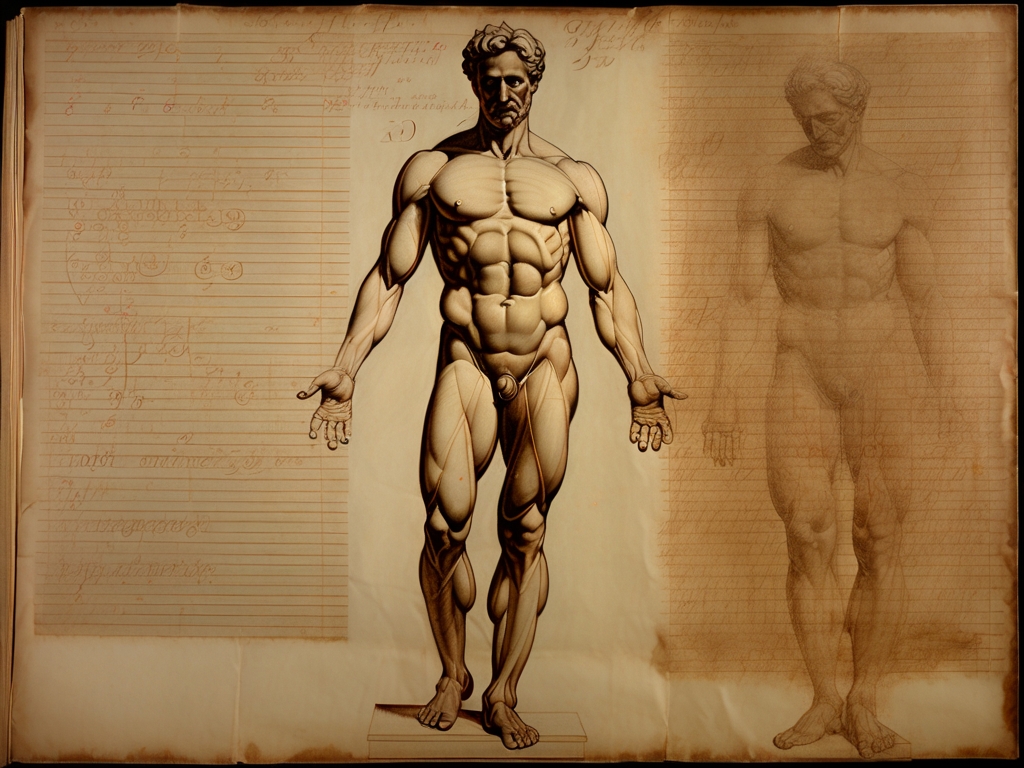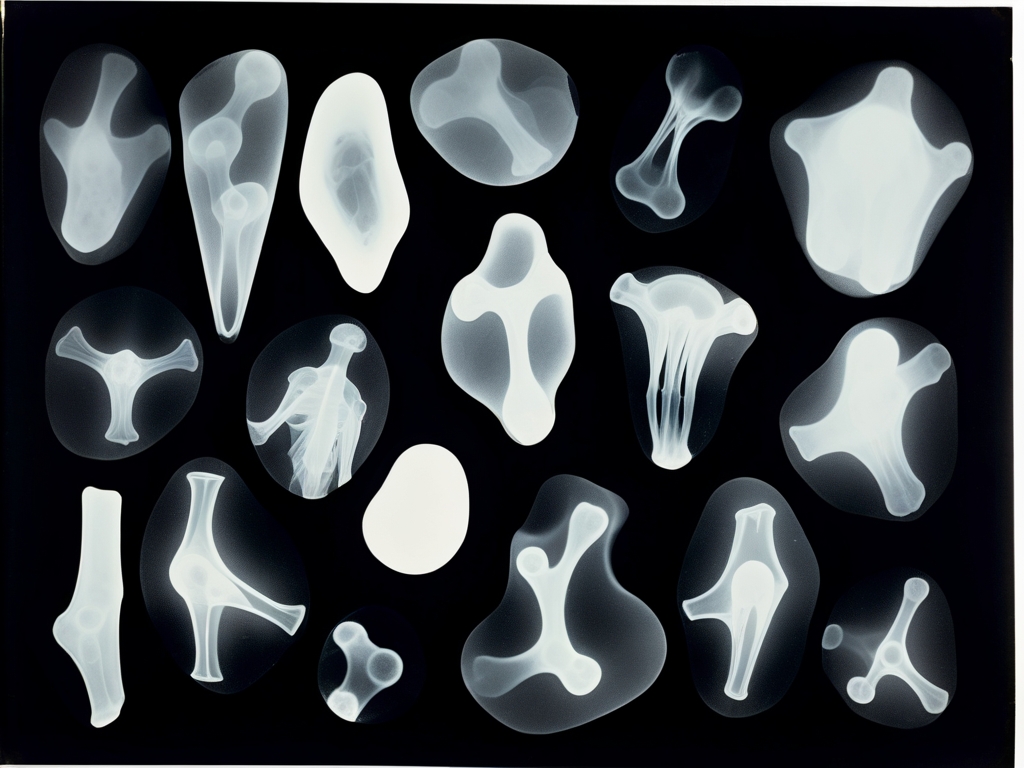The Ossuary Priestess

The Ossuary Priestess rises from her limestone sepulcher with an eerie majesty, her ceremonial robes still faintly suffused with vermilion and gold leaf—the very pigments that once blazed like sacred fire upon cathedral walls. This shadowed Gothic effigy defies customary funerary art, portraying not the cessation of life but the solemn threshold of transformation.
Medieval craftsmen seldom dared to entwine mortal remains with vivid living iconography; yet here, symbols of death are intricately woven with motifs of fertility—columns adorned in golden reliefs of harvest wheat encircle the priestess. Her hands rest clasped in quiet reverence, no crystalline orb held as some fables suggest, while at her feet lie carved beasts posed not in menace but subdued homage.
Legend whispers of Vaelthara, final bearer of the Thornwood Communion’s sacred charge, who commanded awe among both earthly and mythical beings. When plague swept through her tribe’s lands, she retreated into the primeval caverns beneath ancient oaks, seeking contact with the earth’s elemental spirits.
The rite demanded an unparalleled surrender—not of blood but memory itself. Vaelthara relinquished her personal consciousness, permitting ancestral wisdom to channel through her mortal form. For seven days and nights she wrestled elemental forces governing life and death, mastering them through unyielding resolve guided by those who came before.
From darkness emerged wolves first—their eyes gleaming newfound understanding—followed by bears and mighty stags whose antlers scraped cavern ceilings. Each submission was a testament: they recognized in Vaelthara the earth’s voice incarnate—an echo transmitted through generations past.
"This remarkable effigy challenges every assumption about medieval death imagery, presenting mortality not as ending but as metamorphosis into something far more powerful." - Dr. Minerva Ashworth, Gothic Art Historian
The ravaged land responded to this transfigured presence: springs burst forth from barren stone; poisoned earth gave birth to seeds; air grew sweet with renewal’s breath. Vaelthara transcended priestesshood to become embodiment of death and rebirth’s endless cycle.
Yet transformation exacted a grave toll: flesh merged slowly into marble; blood crystallized into precious mineral veins entwined within stone. The tribal elders built her tomb ere she drew her last breath—aware that her sacrifice surpassed all mortal bounds.
As her spirit expanded beyond selfhood, Vaelthara’s final gift preserved tribal legacy locked within these stones. Polychrome pigments pulse like living blood tracing limestone veins etched upon ceremonial vestments and hood—carrying forth essence into earth itself to ensure ceaseless regeneration.
In 1923 Professor Octavius Blackthorne acquired this haunting effigy from a decaying Carpathian monastery where it had lain sealed for centuries within forgotten crypts. Local villagers had long warned against disturbing its slumber—for even now they say she watches over Ravensfield Forest.
Visitors to the Ravensfield Collection often recount profound stirring—a visceral attunement to nature’s cycles—or claim whispered incantations haunt galleries after dark. Though no glittering sphere graces her clasped hands as myth once told, many swear an eternal pulse wells up from that stone core—a heartbeat eternal beneath all things alive.




